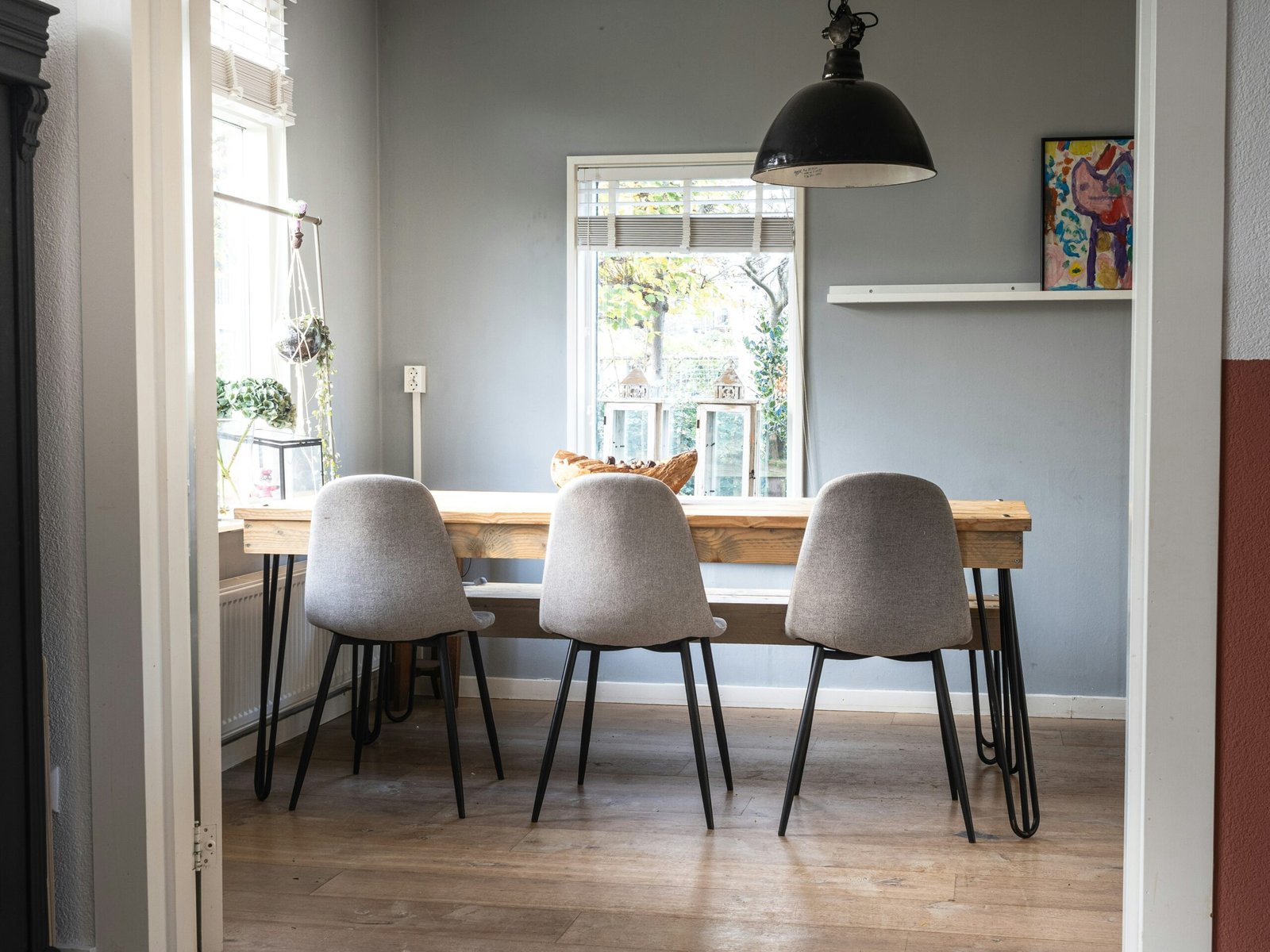Understanding the Connection Between Home Design and Mental Health
The design of our home significantly influences our mental health and overall well-being. Environments that are cluttered or disorganized often lead to elevated levels of stress and anxiety. When individuals are surrounded by chaos, it can create a sense of overwhelm, making it challenging to focus and relax. On the other hand, well-structured and aesthetically pleasing spaces can enhance feelings of calm and happiness, contributing positively to mental health. This interplay between space and psychological state underscores the importance of thoughtful home design.
Several psychological principles can be leveraged to create home environments that promote mental well-being. One such principle is color theory, which suggests that different colors elicit different emotional responses. For instance, blues and greens are generally associated with serenity and tranquility, while bright reds or yellows can ignite energy and creativity. Choosing a color palette that aligns with the desired mood can significantly affect an individual’s psychological state at home.
Lighting also plays a crucial role in home design, impacting both mood and productivity. Natural light, when maximized, can enhance mood and decrease feelings of depression. Conversely, harsh or inadequate lighting can lead to feelings of discomfort or lethargy. It’s essential to incorporate a variety of light sources, such as floor lamps, table lamps, and soft lighting fixtures, to create a warm and inviting atmosphere.
Finally, spatial arrangement is critical in fostering a nurturing environment. Open spaces that allow for easy movement can foster a sense of freedom, while carefully curated areas for relaxation, such as reading nooks or meditation spaces, can be helpful. By understanding the connection between home design and mental health, individuals can create environments that not only look good but also promote emotional and psychological stability.
Identifying Your Personal Style and Preferences
Creating a dream space that resonates with your personality begins with identifying your personal design style and preferences. Understanding your aesthetic is essential, as it lays the foundation for a living environment that truly reflects who you are. A practical approach to discovering your style is to utilize mood boards. These visual collages allow you to collect images, colors, and patterns that resonate with you, serving as a curated reflection of your tastes.
Another effective method is taking advantage of online quizzes designed to reveal your design style. These quizzes often pose a series of questions about your likes and dislikes, helping to pinpoint specific styles that align with your personality. Results may categorize you into recognized design styles, such as minimalist, bohemian, or mid-century modern, offering a solid starting point for further exploration.
Inspiration can also be derived from various platforms such as social media and interior design blogs. Instagram, Pinterest, and specialized websites showcase a myriad of designs, allowing you to peruse through countless images that may evoke a strong sense of preference. Save or pin the images that appeal to you, creating a personal catalog of inspirations. This exercise not only clarifies your preferences but also helps in visualizing how these elements can fit into your own space.
Self-reflection plays a crucial role in this process. Take time to contemplate what makes you feel comfortable and happy within your home. Consider how particular colors, patterns, and furnishings affect your mood and well-being. Engaging in this introspective exercise will enhance your ability to curate a living environment that brings joy and comfort, ultimately contributing positively to your mental health. By thoughtfully combining your aesthetic preferences with the insights gained from mood boards and online resources, you can begin to craft a home that is uniquely yours.
Practical Tips for Designing Your Space
Transforming your living environment into a dream space requires thoughtful consideration and intentional design choices. Start by selecting furniture that not only meets your personal style but also enhances comfort and functionality. Opt for pieces with clean lines and a minimalistic approach, as they create an open feel, promoting mental clarity and reducing distraction. Utilizing multifunctional furniture, such as ottomans with storage or sofa beds, can maximize space, especially in smaller areas.
Color selection plays a vital role in setting the mood of your home. Aim for soothing colors, such as soft blues, greens, or neutral tones, as they can evoke feelings of tranquility and peace. Consider incorporating accent details in bolder shades, reflecting your personality while maintaining a balanced aesthetic. Utilize the psychology of colors to create emotional responses; for example, warm hues can foster a welcoming atmosphere, while cooler tones may enhance concentration.
Decluttering and organizing your space is crucial for mental well-being. A tidy environment fosters a sense of control and can alleviate stress. Begin by implementing the “one in, one out” rule to prevent accumulation of unnecessary items. Develop organized zones tailored for different activities, such as a reading nook, a dedicated workspace, or a relaxation corner. This intentional design promotes productivity, creativity, and relaxation as needed.
Weaving natural elements into your home can significantly uplift the ambiance. Incorporate plants, which not only purify the air but also instill a sense of calm. Ensure abundant natural light in your space; sunlight can boost mood and energy levels. Strategically placed mirrors can reflect light and create an illusion of a larger space. By thoughtfully designing your environment, you can cultivate a sanctuary that supports both mental health and personal expression.
Maintaining Your Dream Space for Lasting Well-Being
Creating a dream space is a significant step towards enhancing your mental health and overall well-being. However, it is essential to recognize that this process is not merely a one-time endeavor; it demands ongoing effort and care to maintain the environment you have cultivated. Regular maintenance practices can play a key role in ensuring that your living space continues to support your well-being goals.
One effective strategy is to set aside dedicated time for decluttering sessions. This practice not only helps in keeping your space organized but also encourages a mental clarity that can cascade into other areas of life. Aim to schedule these sessions weekly or monthly, depending on your lifestyle. During these decluttering sessions, evaluate items in your home and decide whether they still serve a purpose or bring you joy. This approach aligns closely with the principle of minimalism, which advocates for the elimination of excess and the simplification of one’s environment.
In addition to decluttering, consider seasonal redecorating as a refreshing way to maintain your dream space. With changing seasons, our moods and preferences may shift, making it beneficial to update your decor to reflect these transitions. This could involve swapping out textiles, rearranging furniture, or introducing new color schemes that evoke feelings of comfort and inspiration. Seasonal changes can also foster a deeper connection to the natural world around us, encouraging mindfulness.
Lastly, integrating self-care rituals into your daily routine can reinforce your bond with your space. Whether it’s a morning meditation in your favorite nook, journaling at a thoughtfully arranged desk, or enjoying a cozy evening in a well-lit corner, these practices can enhance your mental well-being and reflect your personal style. In conclusion, maintaining your dream space is an ongoing journey that requires attention and affection, fostering an environment that continually supports your mental health and personal growth.


